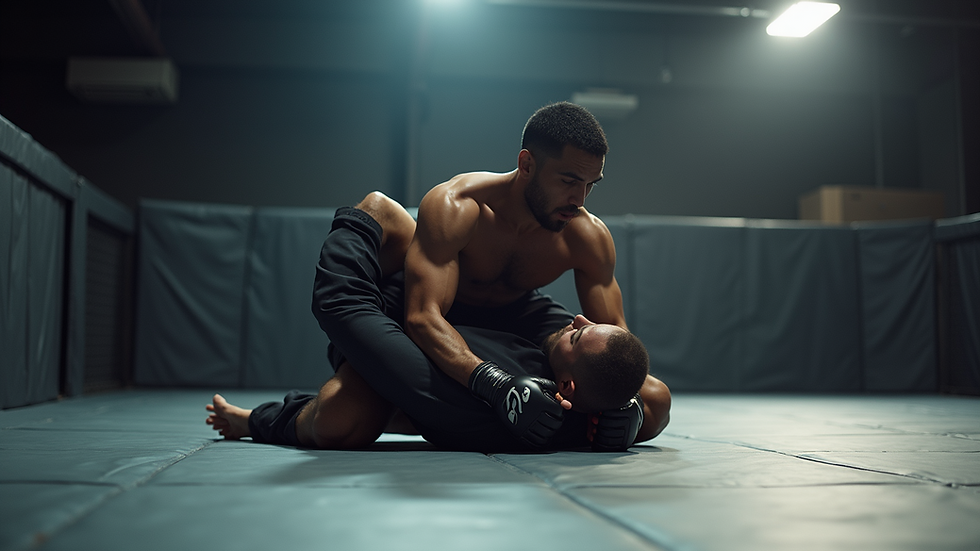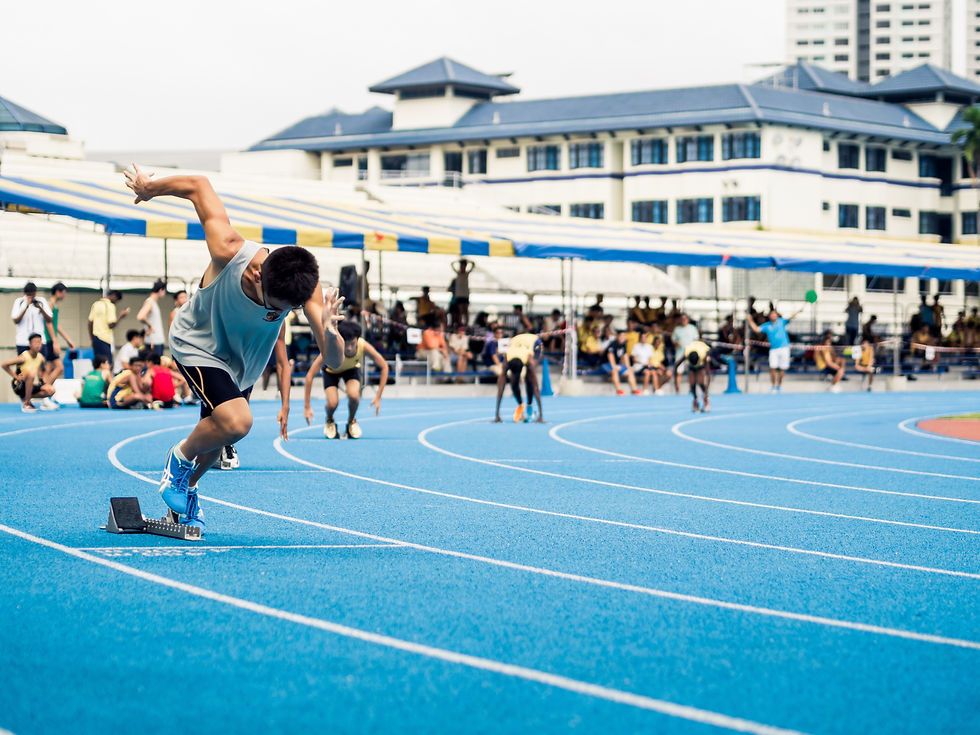Why Tracking RPE is key to Boost Training Intensity & Performance
- Phil McNab
- Jun 5
- 4 min read
In the world of mixed martial arts, the balance between pushing hard and allowing for recovery is vital for achieving peak performance. One powerful method to gauge and enhance your training intensity is by tracking Rate of Perceived Exertion (RPE).
This blog post highlights why monitoring RPE is important during weight training, compares training intensities between MMA and weight lifting, and suggests effective strategies for tracking your fitness levels weekly to improve your overall performance.
Understanding RPE and Its Importance
Rate of Perceived Exertion, known as RPE, is a subjective way to measure how hard you feel you are working during exercise. This scale typically ranges from 1 to 10, where 1 represents very light activity and 10 signifies maximum effort.
Tracking RPE is vital because it helps you tune into your body and modify your training accordingly. Awareness of your exertion levels can prevent overtraining, which often leads to injuries, fatigue, or performance plateaus. For instance, research shows that athletes who monitor their exertion effectively reduce their risk of training-related injuries by up to 30%.
RPE is particularly useful during weight training sessions. It encourages you to go beyond just lifting heavier weights and focus on enhancing your overall power, technique, and endurance. By integrating RPE tracking with a structured training plan, fighters can prioritize areas that need attention while ensuring necessary recovery time.
Measuring Training Intensity: MMA vs. Weight Lifting
Training intensity in MMA is complex, involving various aspects like cardio, strength, and skill work. MMA sessions usually consist of short bursts of high-intensity activities followed by rest periods. In contrast, weight lifting centers on gradually increasing the load, which calls for a different way to assess intensity.
For example, during a weightlifting session, you might record the weights lifted for different exercises. In MMA, however, RPE plays a crucial role as it considers both mental and physical fatigue from striking, grappling, and drilling. A fighter might find that their perceived intensity fluctuates from day to day, influenced by factors such as sleep quality, nutrition, or stress levels. A study found that athletes’ RPE can vary by 20% or more just based on sleep patterns.
Recognizing the differences in training intensity between MMA and weight lifting can enhance overall conditioning. It underscores how fighters should adapt their techniques based on personal exertion levels, catering to the unique demands of mixed martial arts.
Tracking Fitness Levels:
Week by Week Comparison
To effectively keep track of your fitness levels weekly, consider maintaining a training journal that logs your RPE along with key statistics like body weight, repetitions, sets, and exercises. Here are a couple of strategies to enhance your tracking process:
Daily RPE Logs: After every training session, take a moment to reflect on your effort and note your RPE. Include details about the training type and any challenges faced.
Weekly Trends: At the end of each week, review your recorded data to spot trends. Are your RPE levels consistently high during certain workouts? Are you allowing yourself enough recovery time?
By using these insights, you can adjust your training. For instance, if you consistently record high RPE during certain drills, consider mixing in lower-intensity activities to prevent fatigue. Additionally, experiment with training variations, such as High-Intensity Interval Training (HIIT) or circuit training, while monitoring RPE to keep sessions engaging and discover new challenges.
Setting monthly goals based on RPE insights can also be beneficial. By establishing clear, achievable targets, you can stay motivated and remain focused on your progress.

The Benefits of Tracking RPE
The advantages of tracking RPE go beyond mere numbers. It helps build a stronger connection between your mind and body—an essential factor for athletes in combat sports.
Injury Prevention: Understanding when you are nearing your physical limits allows you to take precautions to avoid injuries. Studies show that athletes who track RPE frequently report fewer injuries.
Enhanced Recovery: Actively engaging with your training intensity enables you to recognize when to exert more effort and when to take a step back. This balance improves overall recovery times.
Improved Mental Resilience: Monitoring your RPE cultivates mental toughness. Learning to embrace discomfort during training prepares you for the inevitable challenges faced in the ring.
In essence, incorporating RPE into your MMA training routine is not just about recording data; it’s about thoroughly understanding your abilities and performance trends.
Optimize Your Training Approach
Tracking Rate of Perceived Exertion is crucial for MMA fighters who want to maximize their training intensity and performance. By regularly measuring RPE and comparing it across training sessions, fighters can tailor their approaches to fit their unique physical and mental demands.
Consistently monitoring your training, maintaining proper recovery, and appreciating the differences between RPE in various modalities will lead to ongoing improvements. By committing to this process, you can elevate your skills, enhance your fitness levels week by week, and surpass limits you once thought were insurmountable.

Make it a habit to track RPE, and unlock your full potential on your MMA journey!



Comments